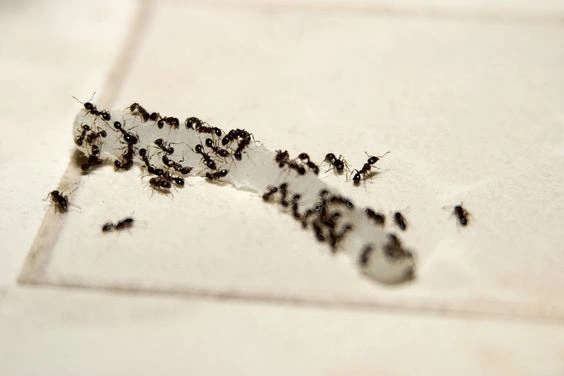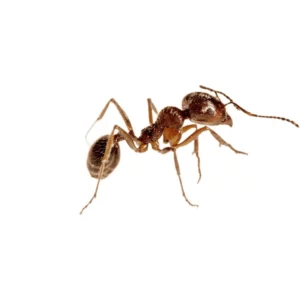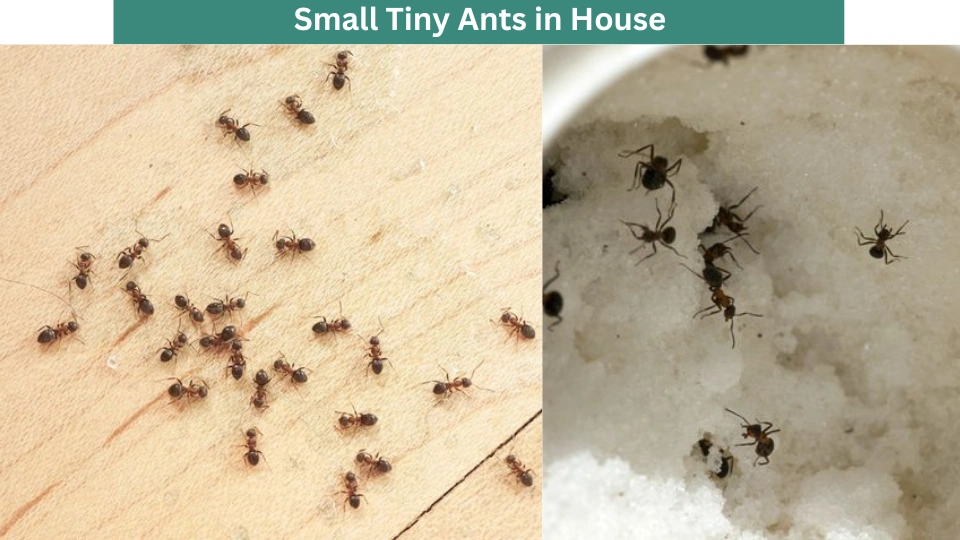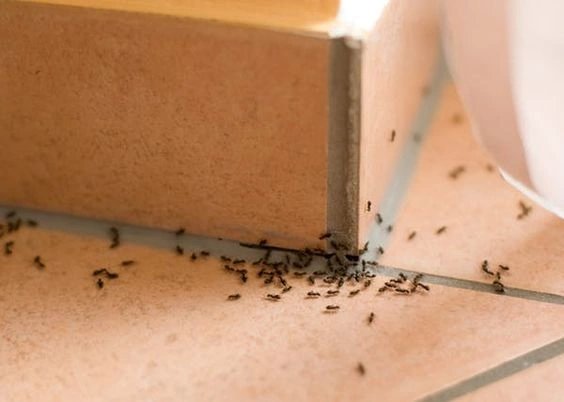Small tiny ants in house are a common sight. You might have noticed them crawling around, seemingly popping up out of nowhere. Dealing with these tiny ants can be a real problem, especially when they’re difficult to eliminate.

If you’re finding tiny ants in your home, it’s a good idea to get help from a professional who knows about treatment methods for controlling ants. Professionals can figure out what kind of ants are in your home and the best way to get rid of them. You can easily contact them online for assistance.
Do you want to learn more about small ants? Keep reading to find out about some types of small ants you might see in your house and how to deal with them.
Types of Small Tiny Ants in House
At tienyhouse, you may encounter various species of small ants invading your living space:
- Thief ants: Worker ants measure about 1/16 inch long, while queens can grow up to 1/4 inch. They come in shades from pale yellow to brown and often nest indoors in crevices. Thief ants are attracted to protein-rich foods like meat and cheese.
- Pharaoh ants: Workers resemble thief ants in size and have a pale yellowish to reddish body color. Queen pharaoh ants are slightly larger and darker. They have a preference for sweet and greasy substances
- Odorous house ants: These ants are typically 1/16 to 1/8 inch in size and have brown to black bodies. Crushing them releases an unpleasant odor.
- Pavement ants: These ants can also invade homes. Workers range from 1/16 to 1/8 inch in length, while queens measure about 1/4 inch. They commonly nest in insulation and walls.
Identifying the specific ant species causing the issue can be challenging. Consulting a professional at tienyhouse can ensure accurate identification, essential for effective treatment.
Tiny Black Ants

Finding small tiny ants crawling around your house, especially in the kitchen, can be an irksome issue. They might be all over your counters, floor, or even around your dog’s food.
These ants usually come in from the ground level, and since the kitchen is usually on the first floor, it’s easy for them to get in. Once they’re in the kitchen, they might start wandering to other parts of your home, like the bathroom. It’s important to deal with this problem quickly to stop them from spreading further.
How to Get Rid of Small Tiny Ants in House
Your house might unintentionally provide ants with what they need shelter and food. If there are small openings like cracks in the foundation, torn window screens, or worn weather stripping, ants will use them to get inside. They’ll search for any way in and invade.
Seal up these cracks to keep ants out. Also, keep your kitchen and other areas clean, making sure they’re free of crumbs and food residue. This not only helps keep ants away but also prevents other pests from showing up.


